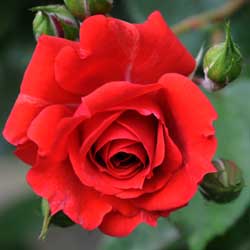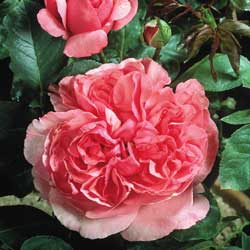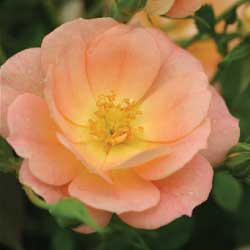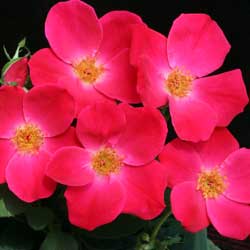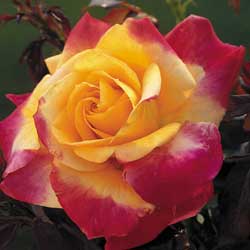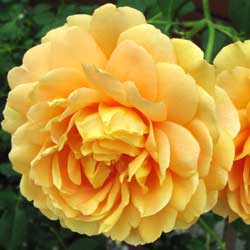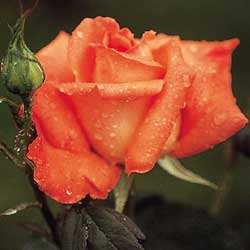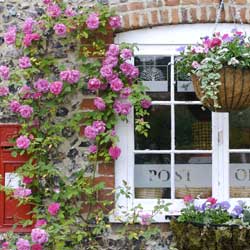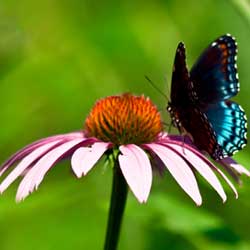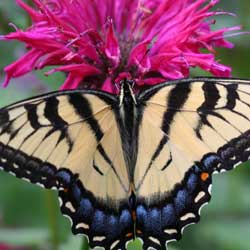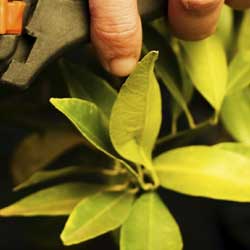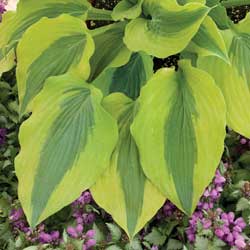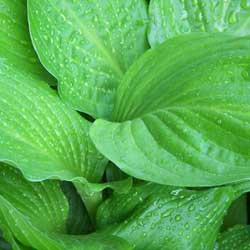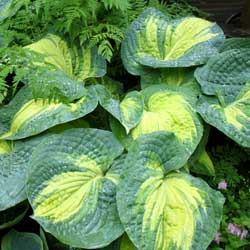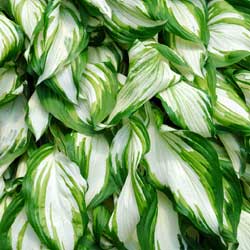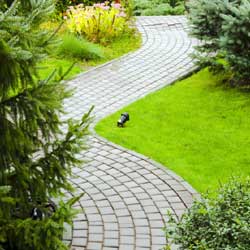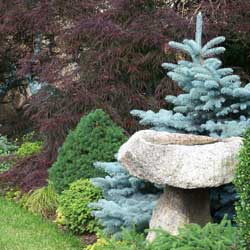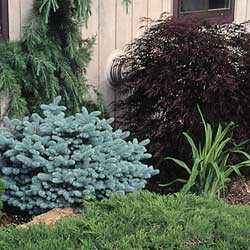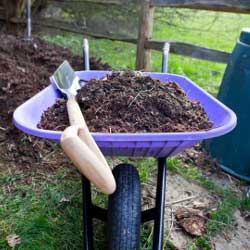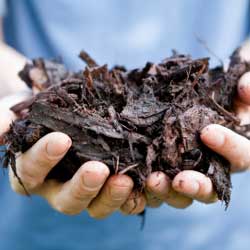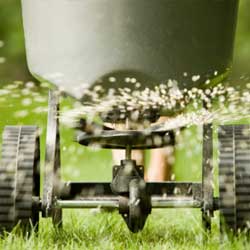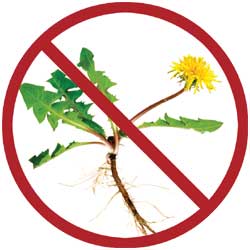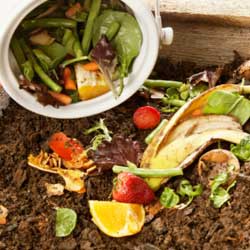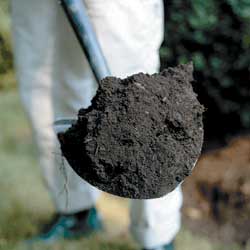We all love roses. It may be the fragrance, color or the flower form that attracts us. It may be the memories that roses evoke. Whatever the reason, roses are one of the world’s most popular flowers. With so many different types of roses available, ranging from the diminutive miniatures to the towering climbers, there is no excuse to exclude this “Queen of Flowers” from your garden.
ROSE TYPES
Hybrid Tea Roses are a favorite of rose gardeners that enjoy long stemmed, large flowers. Hybrid tea flowers have many petals and plants grow upright and tall, about 3 – 7 feet. These roses are appropriate in either a formal garden or informal planting.
Floribunda Roses have smaller flowers than hybrid teas with the flowers arranged in clusters. This rose bush is useful as a hedge and in mass plantings.
Grandiflora Roses were developed by crossing hybrid teas with floribundas. This rose grows to around 10 feet tall so it should be used in the back of the border. The flowers of the Grandiflora are hybrid tea form and can be single stemmed or borne in clusters depending on the cultivar.
Climbing Roses make an outstanding vertical display when trained on arbors, walls, fences, trellises and pergolas and can grow from 8 – 15 feet tall. Flowers may be borne large and single or small and arranged in clusters.
Miniature Roses are dwarf in every way – flowers, leaves and height. This rose may be mass planted as a ground cover, used as border or grown in containers on decks, patios and porches.
Shrub Roses are renowned for their bushy habit and excellent disease resistance making them and excellent choice for mass planting. The shrub rose flower may be either single or double. Some types have very showy rose hips.
Old Roses are making a come-back! Although bloom times and color choices are limited, old roses are much more fragrant, vigorous and disease resistant than modern roses. To obtain all the qualities of an old rose combined with a long bloom time of a modern rose, look for the David Austin varieties.
THE BASICS OF ROSE CARE
Beginners often become confused with the many recommendations and suggestions for growing roses. However, it is important to start with the basic guidelines for successful rose growing. Roses can thrive under many conditions, but they sure grow better when you follow the basics.
Prepare the Soil
- Take a soil sample to test the pH. Roses like a pH of 6.0 to 6.8. You may need to add lime to raise the pH or sulfur to lower it.
- Incorporate composted cow manure or compost into the soil.
Planting
- Select a sunny spot with good soil drainage – roses require at least 6 hours of full sun daily. Early morning sun is preferred, because it dries the leaves, which helps prevent disease.
- Dig a wide, shallow hole that is 2 to 3 times as wide, but not quite as deep as the root ball (about 1 inch shallower). The plant should sit on solid ground so it doesn’t sink when the soil settles.
- Remove the plant from the pot and loosen any circling roots. If you can’t pull the roots apart, use a knife to make 4 to 5 vertical cuts in the root ball. This will allow new roots to grow out into the surrounding soil.
- Place the plant in the hole slightly elevated above ground level. Backfill with soil until the hole is half full.
- Soak the root ball with a mixture of a Root Stimulator & Transplanting Solution.
- Fill the rest of the hole with soil and water thoroughly. Apply mulch to a depth of 2”, being careful not to mound mulch against the trunk of the plant.
Prune
- In spring, remove winter mulch when new grow appears. Prune out all dead wood and twiggy growth and cut back to sound wood with a clean slanting cut, just above a good bud eye.
- During the growing season, remove fading roses promptly, cutting just above a five-leaflet leaf.
- To winterize, remove all fallen leaves and debris from the base of the plant, cut back to 10-12 inches after the ground freezes, then apply a mound of mulch over the canes.
Feed and Water
- Roses thrive best when given 1 inch of water weekly. A thorough soaking from rain or hose will keep roses blooming all season. Try not to overhead water unless it is early in the day, as the damp leaves can promote disease.
- Fertilize monthly with Espoma Rose-tone.
Treat for Disease and Pests
- Fungus disease cannot be cured, so a regular spraying schedule is very important. Keep an eye on plants that were infected last year and spray with a fungicide to prevent outbreaks this year.
- You will also need to use an insecticide for any insect problems.
- Many find it convenient to use an all-purpose insect and disease spray once a week or a systemic control every 6 weeks.
